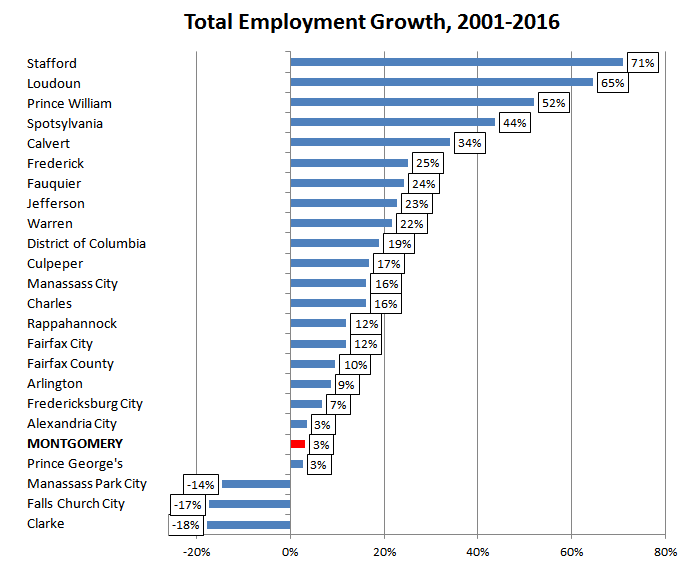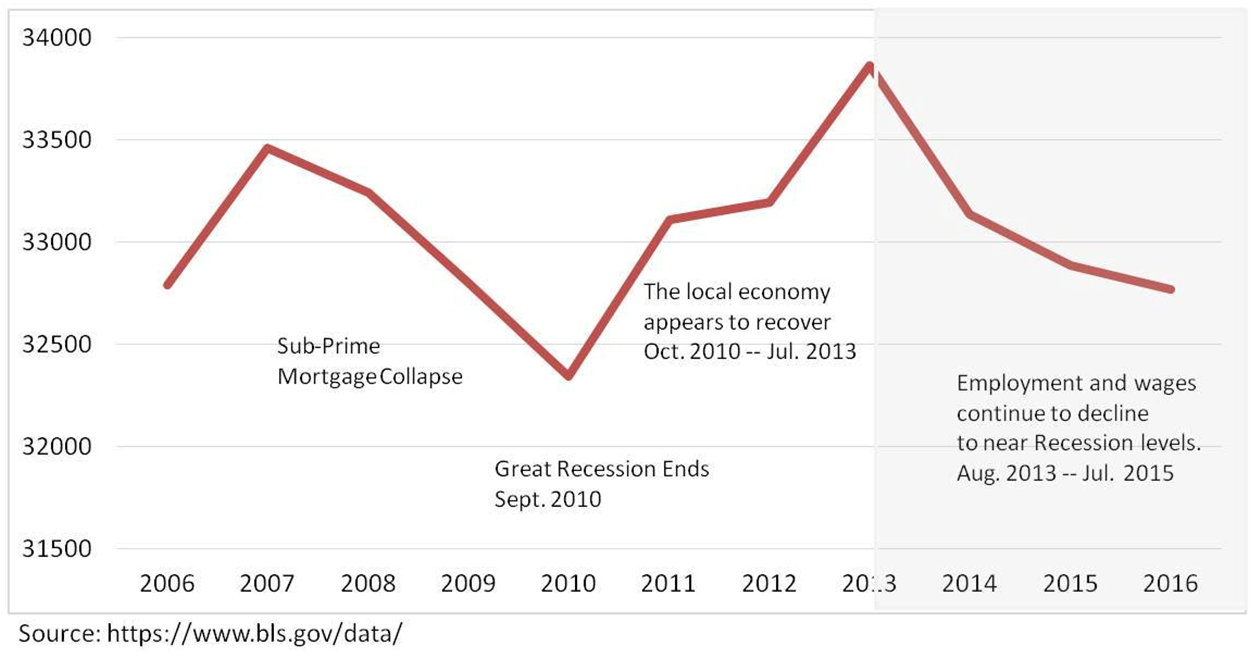Job growth has been stagnant in Montgomery County over the past few years. What would you do to encourage increased job growth?
Increasing prosperity — and having that prosperity shared more broadly — is the central platform of my campaign. As in most things, achieving this will be a multi-prong effort:
1. In our county, small business is big business. And for far, far too long, businesses in Montgomery County have seen our county as a foe, not a friend. We need to be a partner to business, not an obstacle. That is what prompted me to be the lead sponsor on legislation that created both the Small Business Navigator and the Business Solutions Group in county government — to put in county government resources that are intended to make life easier for our small business community. When we adopt new programs and regulations in our county, we need to make sure we are doing so in a manner that will not harm small businesses. That is how I have done my work on the Council and it is how I will do my work as County Executive if I have the privilege of leading our great county.
2. We need to attract businesses to Montgomery County. We have extraordinary assets. Amazon’s request for proposals for its new H2Q brought that home: Montgomery put checks in all the important boxes. Smart, skilled work force — check. Transit — check. Vibrant urban amenities – check. Awesome quality of life — check. Diverse population- check. Good government-check. Strong, national business leaders-check. We need to do a better job of promoting our county. As County Executive, I will be a passionate, ceaseless champion of our county.
3. What are the fundamentals that create economic growth and opportunities? A skilled workforce, which is why I have been the leading champion of workforce development; world class transit, which is why I have championed fixing Metro, building the Purple Line & Bus Rapid Transit and supporting Ride On Extra; affordable housing, which is why I sponsored legislation that requires our county to consider co-locating affordable housing on county property and increases the obligation of developers to provide affordable housing; creating vibrant urban nodes, with world class architecture, that attracts millennials and businesses like Marriott and Fox 5 to Bethesda; embracing innovation, which is why I led the way to create the Office of Innovation in our county government — we either lean forward or fall back.
4. Build a “green economy”. Under my leadership, our county has become one of the most sustainable communities in our country. Those efforts have not only led to our county government being “carbon neutral”, but to creating good green jobs. Solar companies are thriving; energy efficiency firms are flourishing; composting and organic farming is growing; and our commitment to storm water management should increase jobs and job training opportunities. A green economy is a healthy economy.
5. Support our immigrant entrepreneurs. Immigrant-owned businesses are the fastest-growing segment of the county’s economy. Often, these businesses need only a little help to get started. That is what motivated me to lead the effort to create our county’s first micro-loan program, modeled after successful programs around the world.
6. Pay people a decent wage, which is why I support increasing the minimum wage to $15 an hour consistent with the County Executive’s proposal.
My record on creating a more favorable economic climate in our county has led four Montgomery County Business Hall of Famers, past presidents of local chambers of commerce, entrepreneurs of the year, minority business leaders and green business leaders to endorse me.







